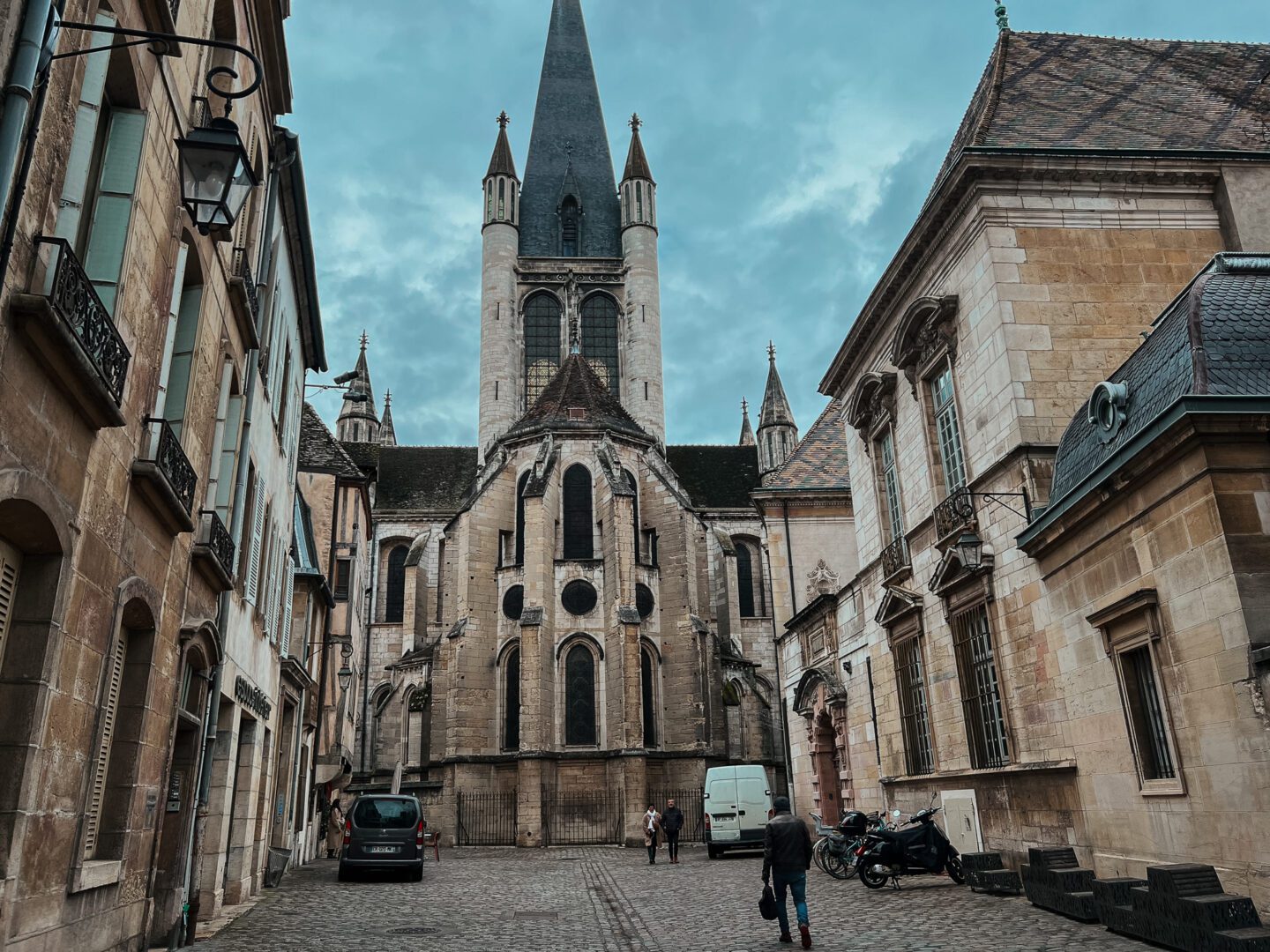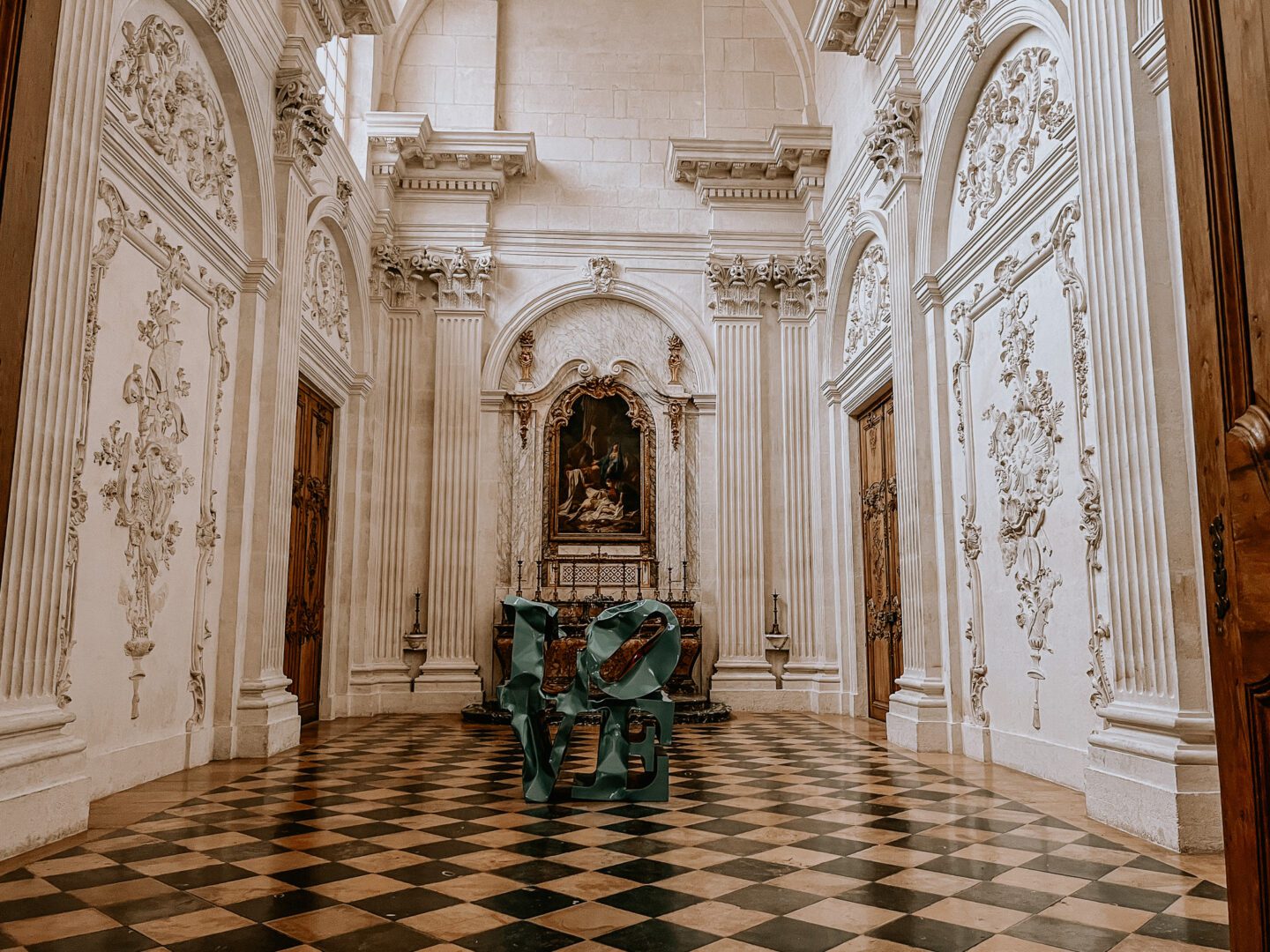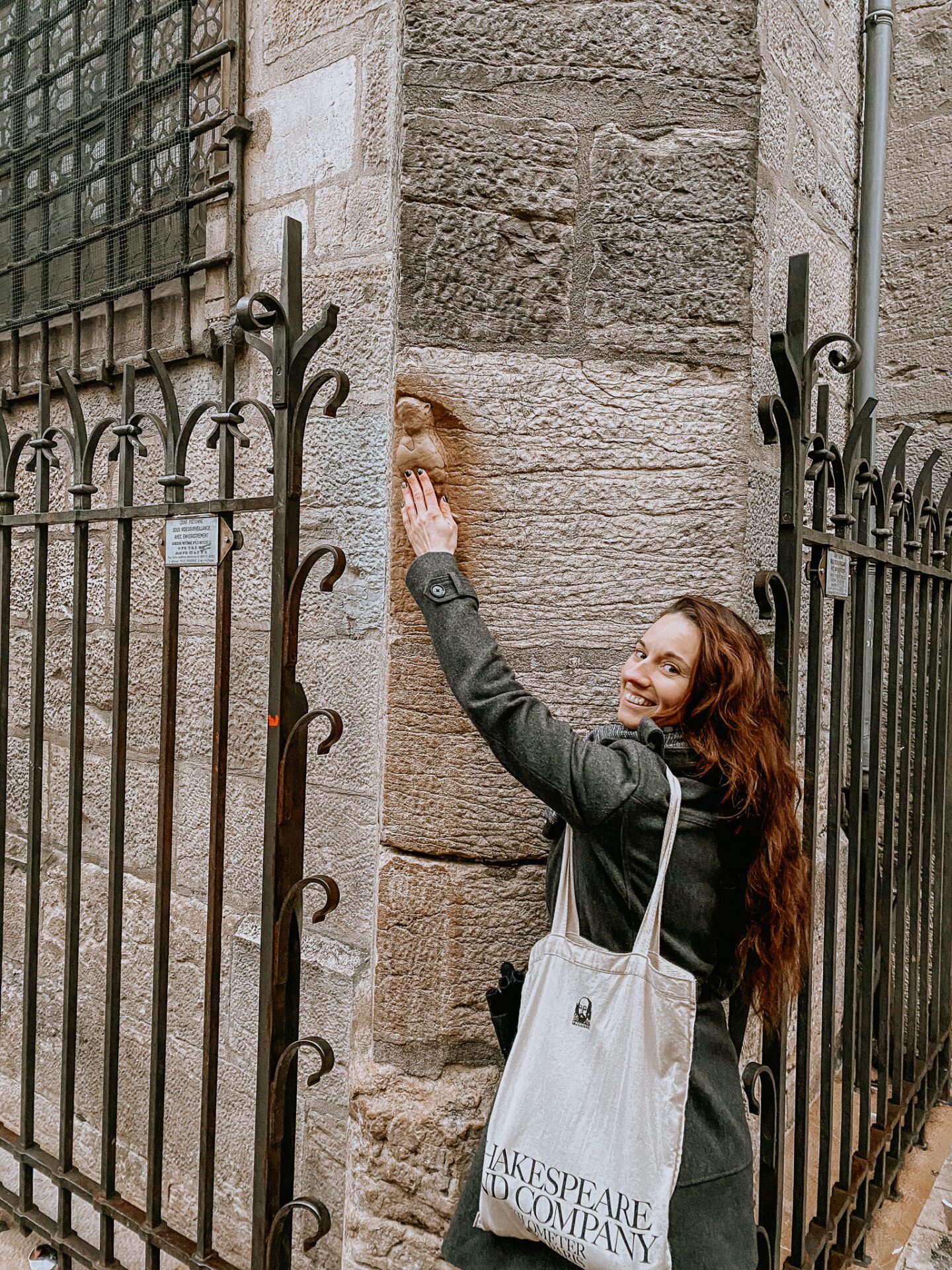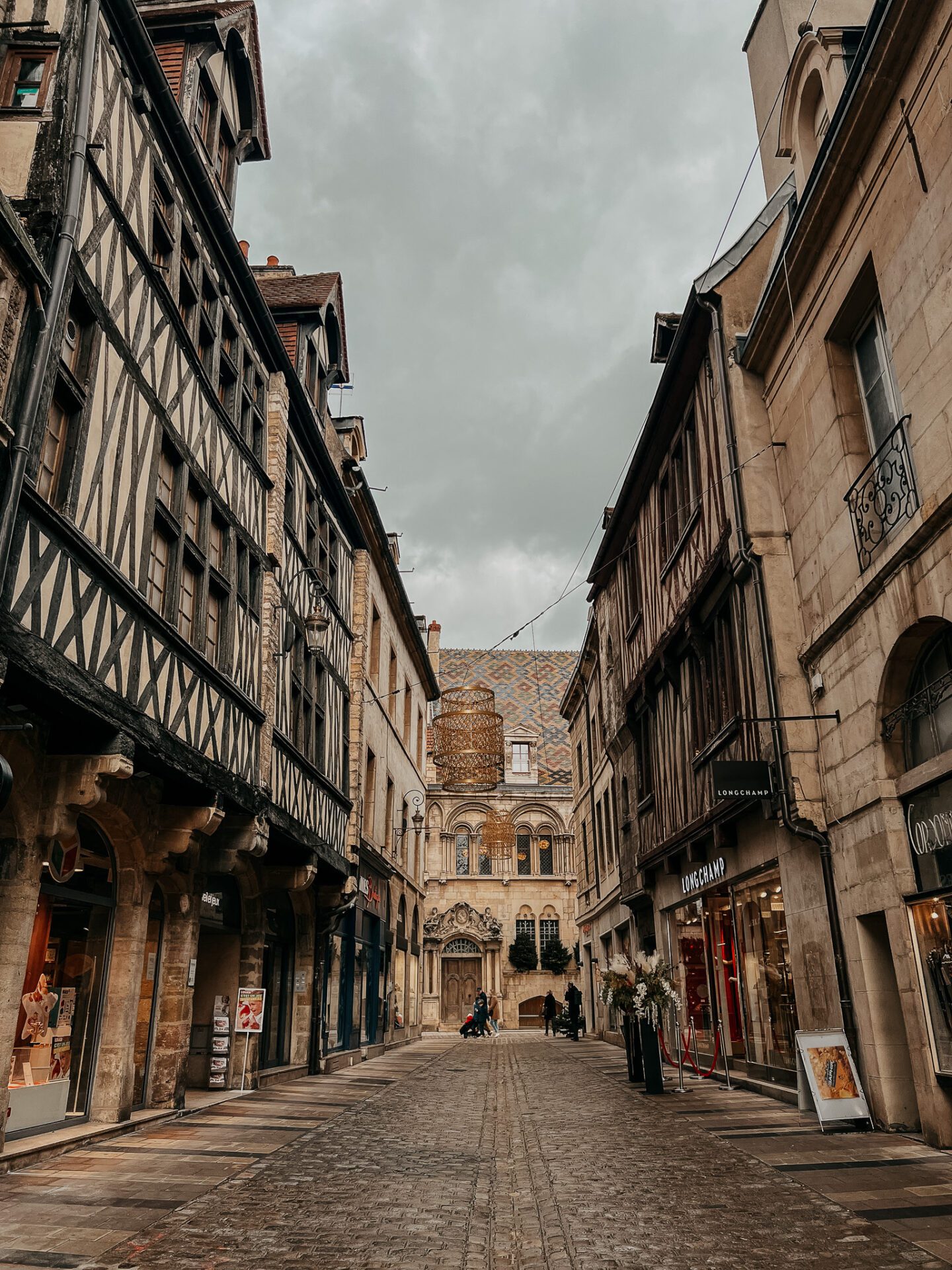
Dijon, the capital of the Burgundy region, is a charming and historic city that offers visitors a glimpse into the past while providing an abundance of contemporary amenities and activities. As a frequent sojourner to Dijon for day excursions from Beaune, I have developed an affection for the city and its unique culture. On each occasion, I discover something novel and captivating, and I am eager to impart my discoveries to you. Boasting a rich history dating back to Roman times, Dijon is home to picturesque architecture, delectable cuisine, and a plethora of cultural attractions. Whether you are inclined towards art, wine history, or simply wish to experience the lovely ambiance of a medium-sized French city, Dijon is the ideal destination.

Additionally, it is conveniently accessible from Paris, with a mere one hour and forty-five minutes by train from Gare de Lyon. In this one-day itinerary, we shall embark on a tour of the city’s must-see sights, from the Palais des Ducs et des Etats de Bourgogne to the quaint streets of the old town, and provide ample opportunities to sample the local cuisine and culture.


Here’s a suggested one-day itinerary for exploring the city of Dijon:
Begin your day by taking the train to Dijon, where you’ll arrive in the morning. Once you’ve arrived, head to the tourist office to pick up a copy of the “Owl’s Trail” walking guide, which provides in-depth information on the historical sites in the city, as well as a wealth of historical background. This booklet is an excellent resource for exploring Dijon and is available for only 2 euros.
Now it is time to indulge in a traditional treat of pain d’épice, a sweet spiced bread that is a specialty of Dijon. You can find pain d’épice at bakeries and patisseries throughout the city, or you can enjoy it at my favorite tea salon, Comptoir des Colonies located on the Place François Rude. With your guide in hand, set out to explore the city and discover its most important historical sites, with detailed information and background provided in the booklet.
10:00 am – Start with a visit to the Palais des Ducs et des Etats de Bourgogne, a palace that served as the residence of the Dukes of Burgundy dating from 1366 rebuilt originally by Philip the Bold. The classic reconstruction of the Palace began in the 17th century according to the plans of Jules Hardouin Mansart, the architect of the Palace of Versailles.


11:30 am – Head to the heart of Dijon’s old town, where you’ll find the Notre Dame Church. This Gothic church is known for its impressive architecture and remarkable façades. Just around the corner from the church is the famous Dijon “owl”. Over centuries the owl has become a good luck charm for visitors who rub the belly with their left hand while the right is over the heart. Be share to make a wish!
11:15 am – Take a stroll through the charming streets of Dijon’s old town, lined with colorful half-timbered houses and quaint boutiques. Be sure to stop by Place Darcy, a charming square lined with cafes and shops.
12:30 pm – Stop for lunch at one of Dijon’s many traditional bistros. Try some of the local specialties such as escargots, jambon persillé, or the famous Dijon mustard. For an innovative and delicious lunch option, try Betrave, where Chef Hugo Schneider offers a unique take on plant-based cuisine with bold and uninhibited compositions. Standout dishes include street food rolls of zucchini with mushrooms, Grandmother’s purée spiked with tarragon, and a creamy arugula mousse. Additionally, the restaurant offers a tasting menu in the evening and a brunch on the first Sunday of the month.

2:00 pm After lunch, you have two options for your afternoon activities. One option is to visit the Musée des Beaux-Arts, which houses an impressive collection of artwork from the Middle Ages to the present day. See works by famous artists such as Rubens, Delacroix, and Monet.
…Or visit the Cite de la Gastronomie, an interactive museum that shares and promotes the values of the “Gastronomic meal of the French” and the UNESCO-listed Climats and terroirs of Burgundy. Discover the rich history of the region’s wine and gastronomy, explore the tools used in the trade, and taste local products. Immerse yourself in the region’s culinary culture and learn more about the famous Burgundy wines.
4:00 pm – Take a walk in the Parc de la Colombière, a lovely park with a lake, gardens, and a playground. Enjoy the peaceful atmosphere and beautiful views of the city.
7:00 pm – Enjoy a traditional dinner in one of Dijon’s exceptional restaurants
- Cibo is a must-visit restaurant for food enthusiasts, offering locally sourced dishes created by chef Angelo Ferrigno. The atmosphere is unique, located in a 17th-century stone building with wooden floors and raw materials of Japanese-Burgundian inspiration. The menu features dishes like burnt zucchini with sheep’s cheese, pink trout in fermented turnip purée, veal, and corn emulsion, and foamed sheep’s milk curd with strawberry sorbet. The restaurant also offers a selection of local Burgundy wines. The menu costs €55 for lunch and €105 for dinner.s many restaurants.
- Chez Bruno is a casual wine bar that offers a wide variety of local wines and delicious food. The atmosphere is lively and frequented by locals and winemakers alike. You can enjoy platters of cold cuts, small artichokes in Ligurian oil, and cheese from the region. The wine selection is extensive, with nature refs written on large chalkboards, mixing beautiful signature wines, large estates, and favorites of the moment. The prices for platters and preserves are €10-20.
- MONIQUE is Clara Reydet’s restaurant. She serves sincere, carefully prepared simple cuisine, using locally sourced ingredients. The atmosphere is casual, with light wooden tables and white wooden decor. The menu features dishes such as candied onion fondant, miso-lacquered eggplant, and verbena panna cotta. In the evening, the menu includes plates such as pissaladière, roasted pumpkin, and confit shoulder of lamb. The wine selection includes carefully selected off-the-beaten-path French gems like Viognier-Roussanne from Nîmes and biodynamic Chinon by Nicolas Grosbois. The prices for set menus are €22-25 for lunch and plates are €10-15 for dinner.
9:00 pm – Take a walk through the streets of Dijon at night and enjoy the beautiful illuminations.
Note: You should also check the timings and availability of the places you want to visit as they are subject to change. Get the best train fares on the SNCF website.

6 Fun Facts about Dijon
- Dijon’s wine heritage is so strong that at one point a quarter of the population was employed in the wine trade, although that’s no longer the case, the city still has a strong connection to the industry.
- The city is the starting point of the famous Bourgogne’s Route des Grand Crus, which takes you south through Chenôve and Marsannay.
- In 2021, Dijon successfully convinced the International Organization of Vine and Wine to move its headquarters from Paris to the city, solidifying its status as a global showcase for France’s wine heritage.
- The famous Eiffel tower architect Gustave Eiffel was born in Dijon and the city is proud of it.
- In 2022, Dijon’s famous mustard industry faced a challenge as the prices went up everywhere but in Bourgogne due to inflation costs. But Dijon still remains the mustard capital of the world.
- You can easily access Dijon from Paris and Beaune. Staying in Beaune? Check out my Weekend Guide to Beaune
